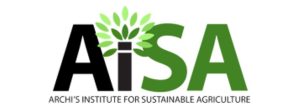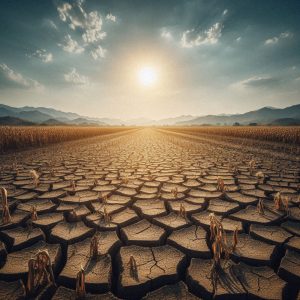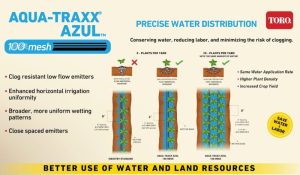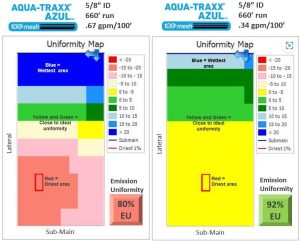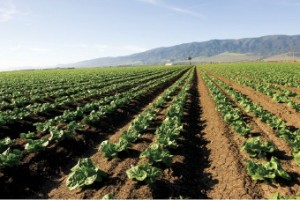 Charged with the issue of seawater intrusion, the Salinas Valley in California has done several things to all but eliminate the issue. First, two reservoirs were constructed to recharge the underground aquifer. Then, a wastewater treatment plant was built to enable the use of recycled water for irrigation. And recently, a rubber dam was installed to divert surface water for irrigation. Along with these attempts to improve the region’s water supply, Salinas Valley farmers have also turned to drip irrigation and conservation to help solve their water issues.
Charged with the issue of seawater intrusion, the Salinas Valley in California has done several things to all but eliminate the issue. First, two reservoirs were constructed to recharge the underground aquifer. Then, a wastewater treatment plant was built to enable the use of recycled water for irrigation. And recently, a rubber dam was installed to divert surface water for irrigation. Along with these attempts to improve the region’s water supply, Salinas Valley farmers have also turned to drip irrigation and conservation to help solve their water issues.
In a recent article in AgAlert, reporter Bob Johnson interviewed Salinas Valley farmers to see how they have reduced seawater intrusion. Turns out that the region’s conversion to drip irrigation and focus on conservation has a lot to do with it. Bob writes, “Twenty years ago, less than 3 percent of Salinas Valley vegetable acreage was under drip irrigation…(but) the water agency’s most recent survey shows that by 2012, drip irrigation was being used on nearly 60 percent of the vegetable acreage.” Bob goes on to write that between drip irrigation, water supply projects, and other conservation techniques, such as soil moisture sensors and flow meters, the Salinas Valley has even allowed the underground water table to rise.
According to Dale Huss, general manager of Sea Mist Farms in Castroville, CA, “We’re using a lot more drip irrigation and water-sensing equipment in the field. With drip irrigation we’re probably averaging about a 25 percent reduction in water use. We’re doing everything possible to conserve and still get a crop.”
Bob Martin, general manager of Rio Farms in King City, CA says, “We’re seeing much more drip irrigation…It started around 10 years ago, and it’s gone up the chart. People have curtailed water use just by using drip. We’re just being more efficient with it.” According to Martin, “The real payoff with drip irrigation is best measured in crop per drop…because the improved efficiency frequently means using the same amount of water but getting better yields and quality.”

